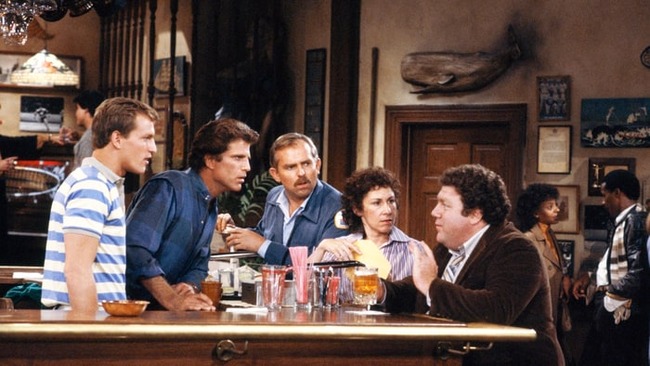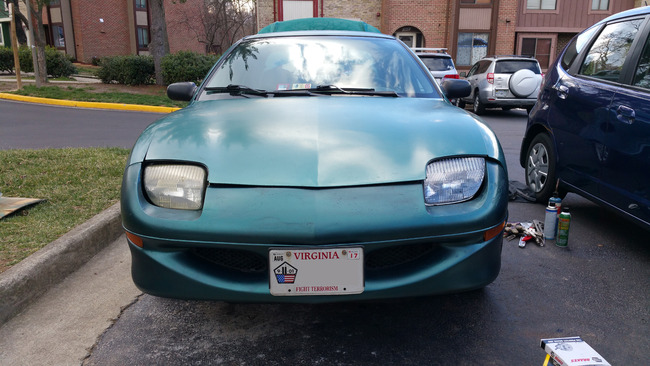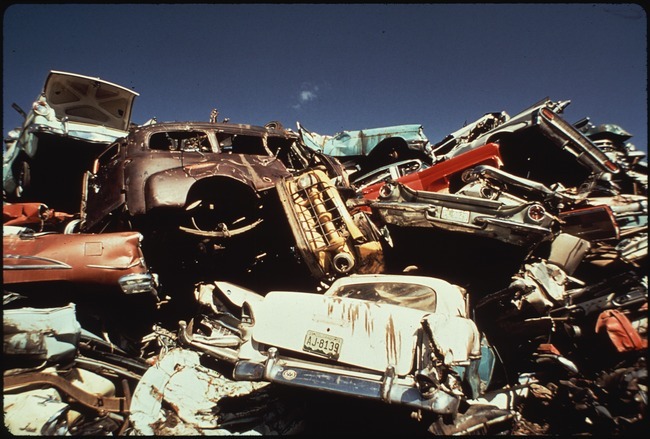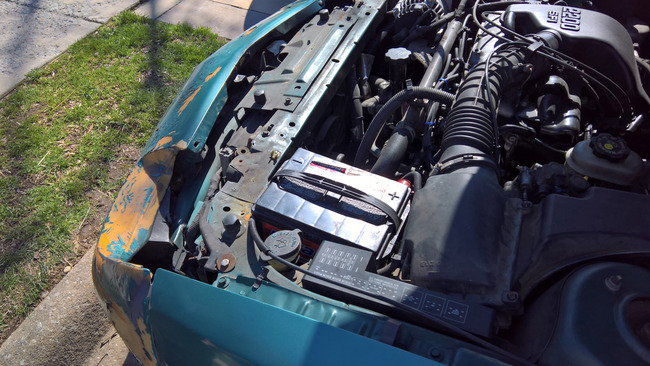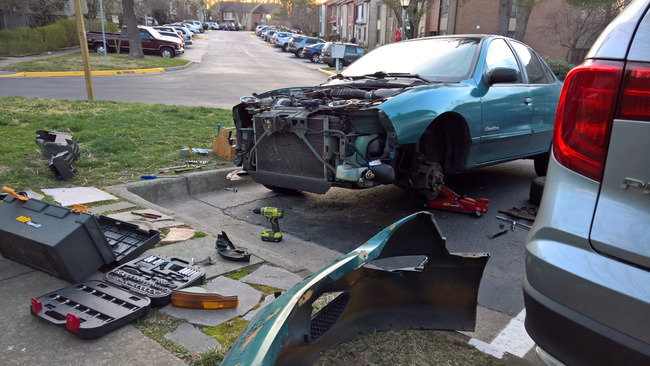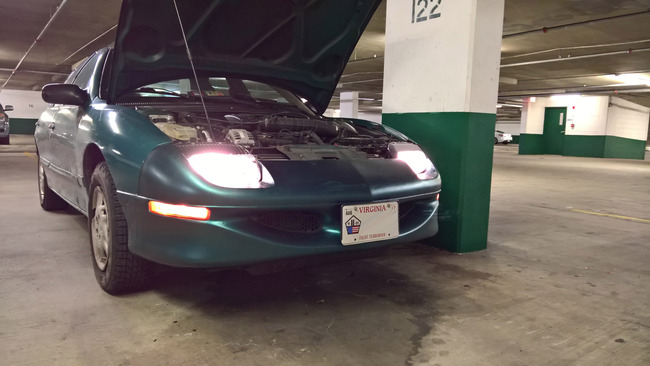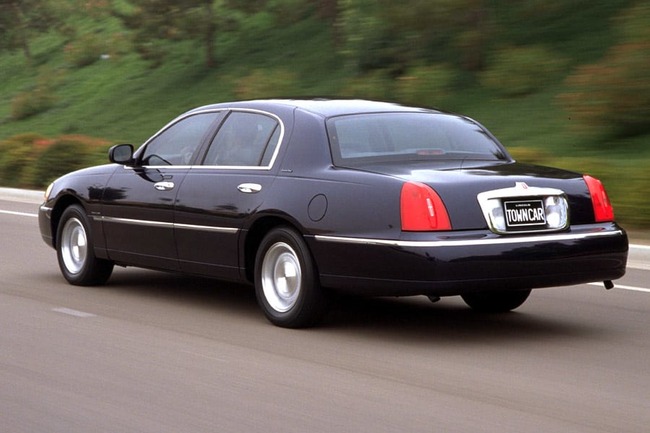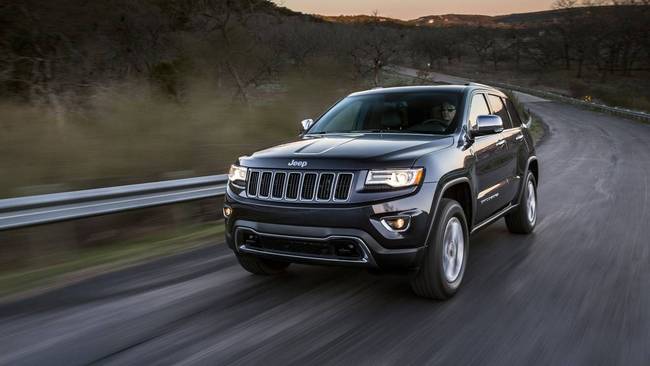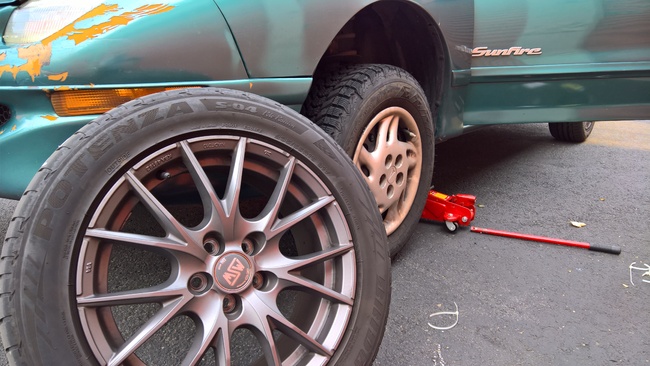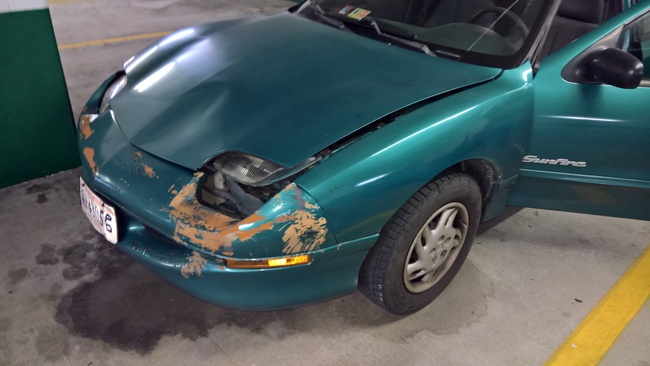Leadfoot - Sunfire Running Hot
 Sunday, May 19, 2019 at 8:29PM
Sunday, May 19, 2019 at 8:29PM I noticed something odd while I was driving last week. The weather's been getting warmer because the President sent a tweet or something, I don't know. I don't really pay attention. Fact is I noticed that the coolant level temperature was getting a little high, mostly when I was at a stop light.
And this has happened before, usually check a motor, temperature sensor, maybe a fuse, relay, something. But then I noticed a puddle of antifreeze on the ground, which, your coworkers will definitely point out to you. Them pointing it out didn’t stop me from having to pour in a gallon of coolant before I was able to park the car for the week.
As a quick test, while I was stopped, I put it in neutral, gave it some revs, and the temperature needle started going down. Now this suggests to me that the water pump doesn't work well enough at idle, as in; it doesn't move enough coolant to keep the block cool. This could also be a thermostat issue, and since I don't really know the service history of the car for the first ten years of its life, I’ve got to assume both are original parts, and either one could fail.
So, I figured, while I'm draining it to replace one, I might as well replace the other.
And with anything involving your accessory drive, you're gonna need to pull off that serpentine belt first. This means finding the tensioner pulley and figuring out which direction it needs to go, which is complicated by the theme of this car: just about everything is in a tight space.
To get to the bolts holding the water pump on the block, we have to remove the pulley, which is easier when the belt is still on. But we didn't think of that.
However, if you wedge something like a screwdriver in between two of the bolts, you can then use your socket to loosen up (or tighten) the third bolt. This is, of course, easier done with four hands, but at most we could fit three into the cramped space.
Right about now is when my Dad mentions this would have been a lot easier on the old Chevelle. I’m not arguing.
With the pulley off we attack the first bolt holding the pump to the block before we realize there’s still a lot of fluid in the system…
Even with the radiator drained, there's still going to be some coolant left in the system, and that's likely to splash onto the serpentine belt. I'd normally be worried because antifreeze is very slippery, and it can cause a belt to slip. That's how you get that squealing noise on some older cars.
But this belt, as old as it is, has enough cracks in it that, while it's off, I might as well replace that as well. Once the water pump is loose, then it's a matter of snaking it out of there without tearing up the radiator or AC line.
That’s easier done when the alternator's been removed.
With the old water pump out, we can see the years that have accumulated, and looking at the state of that, it makes me a little worried how much worse the other components might look.
Can't really worry about that right now, because we have to clean off the old gasket, but as old as that gasket probably is, this is going to involve brake cleaner, a Scotchbrite pad, and a razor blade.
And a Swiss Army Knife.
As I mentioned before, I don't know if the thermostat's any good, so while the system's drained I might as well replace that. Luckily, that's in a much more convenient location.
While this gets pulled out, my lovely girlfriend pays us a visit, and invites Dad into a discussion we’d had before. She’s of the impression we’ll have need of one of those angel statues you’ll likely see in Amsterdam that’s taking a leak into a small pond, only the urethral discharge is that Sunday brunch favorite: Mimosas.
I’m always in favor an endless supply of alcohol, especially in statue form, but my hangup is on the method of delivery.
Getting back to the thermostat, I’ve gotten it out and I suspect it's an original part as well. Twenty years is just too long... it had to be someone that replaced it before. Just wasn't me.
Re-installation is easy enough, it's simply the reverse of whatever we did before, and the water pump goes in as well. After we get the alternator back into place, we have that moment where we kind of look everywhere and ask ourselves...
Did we forget something?
We did. We forgot that when you leverage the tension pulley, it's best to take that lever out, BEFORE you start the car.
Now that I have a closed cooling system, I refilled it all with water (just regular tap water), and I'm gonna let the engine run for a while, let the block heat up, warm up the oil; so that I can do what has become my monthly oil change. I drive a hundred miles a day, it adds up.
And then I close the hood on a job well done. Of course, then I spend the next hour and a half picking up all my tools, cleaning up the workspace, and putting everything away, because, honestly, the one thing you don't do after a job like this is anything that'll piss off the homeowner's association.
 Eddie,
Eddie,  Leadfoot,
Leadfoot,  Pontiac,
Pontiac,  SaveEddie,
SaveEddie,  Sunfire,
Sunfire,  auto repair,
auto repair,  coolant,
coolant,  coolant leak,
coolant leak,  cooling system,
cooling system,  high mileage,
high mileage,  radiator flush,
radiator flush,  water pump | in
water pump | in  LeadFoot
LeadFoot 
